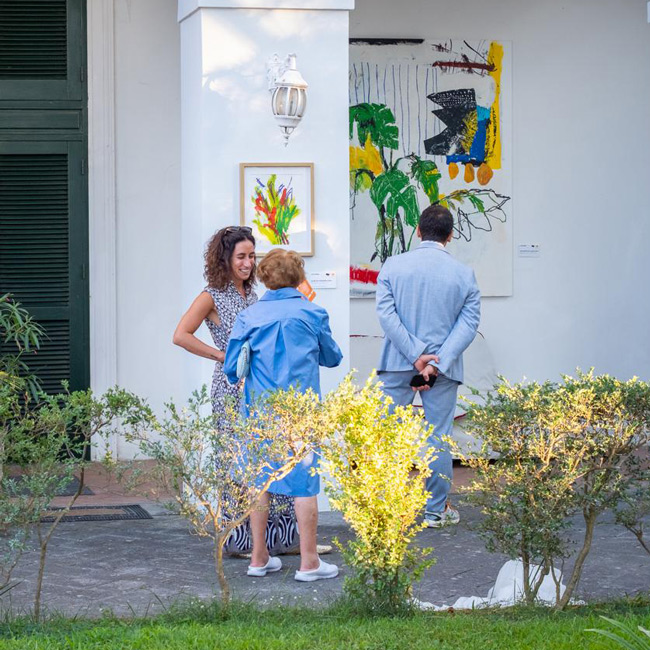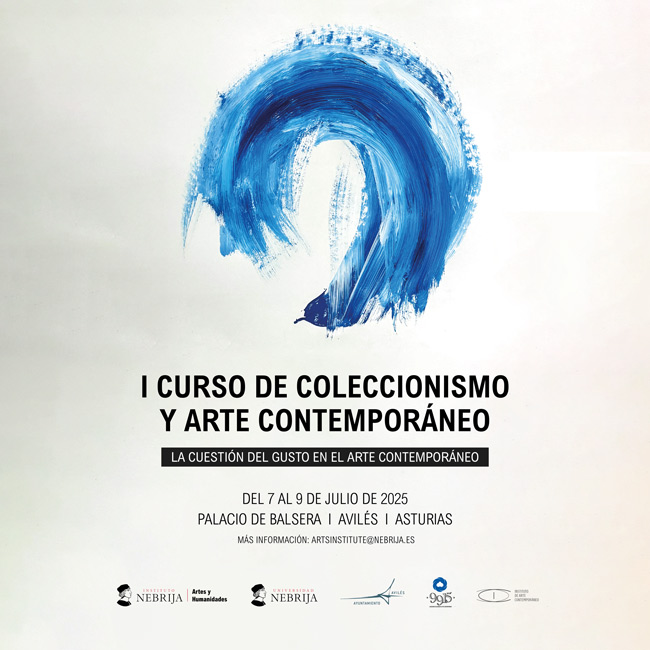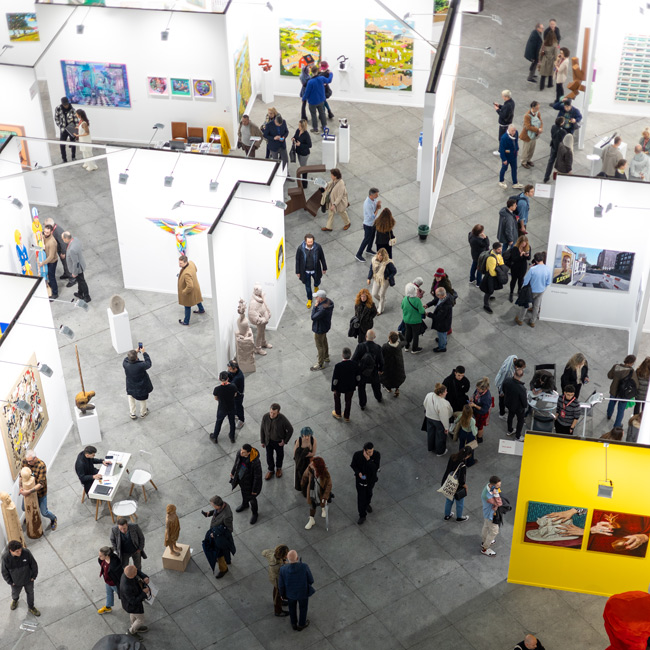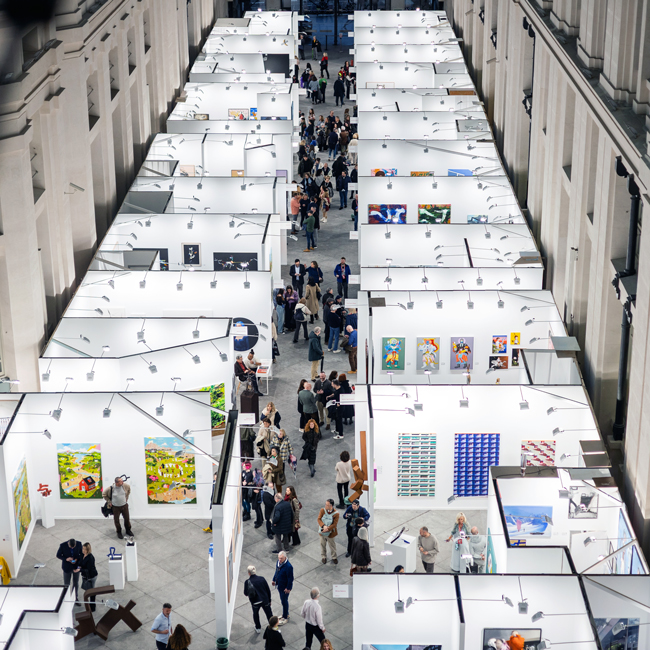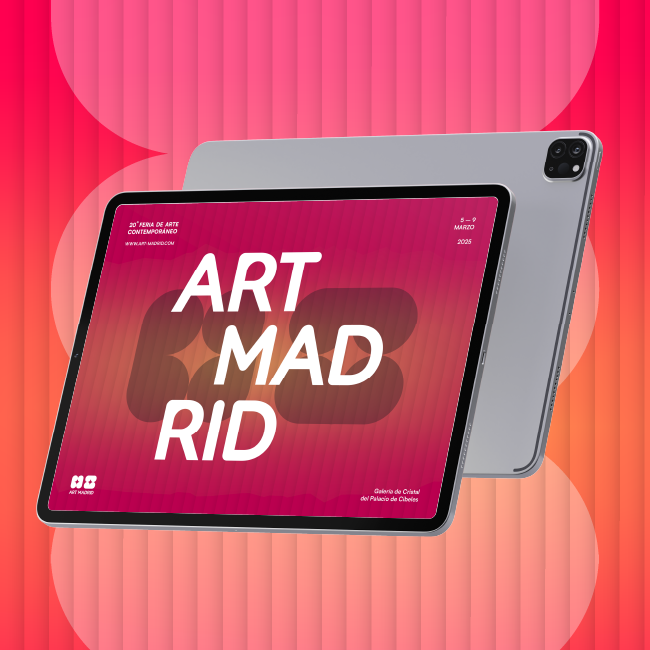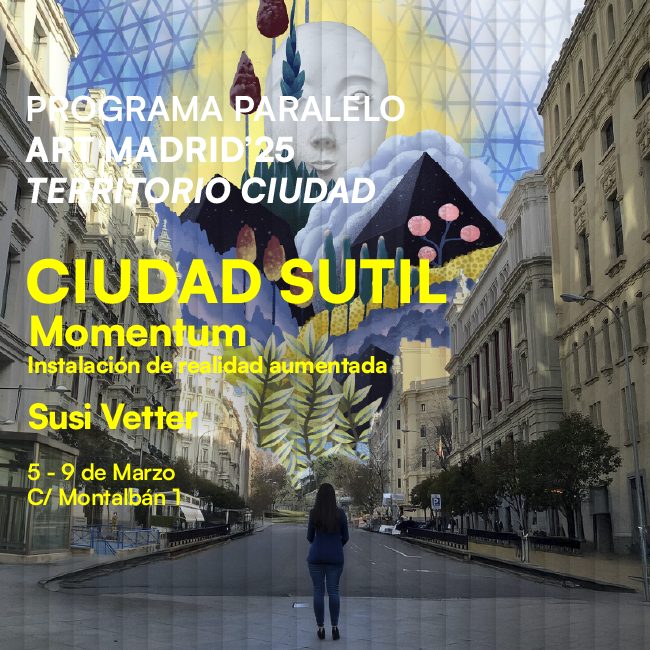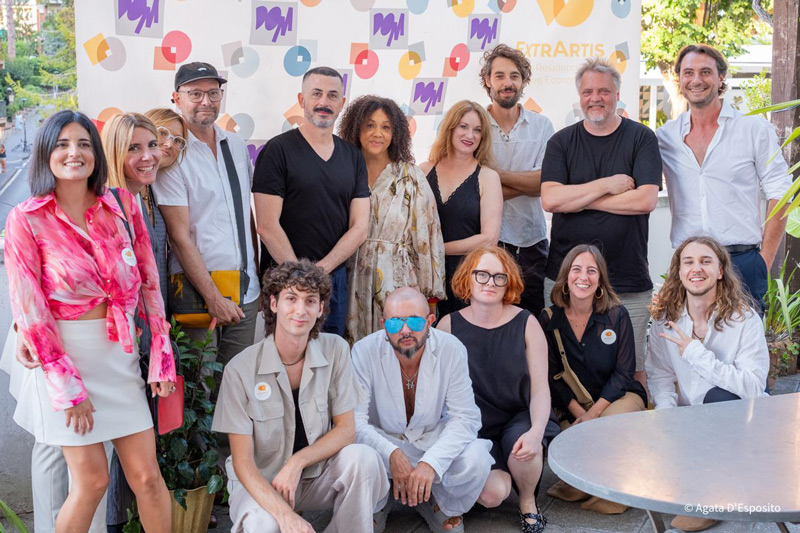THE LONELINESS OF THE CONTEMPORARY INDIVIDUAL IN THE WORK OF TETSUYA ISHIDA
Jun 18, 2019
exhibitions
Society today lives beset by contradictions. The progress of communications allows us to be permanently connected and share in real time our daily news. At a dizzying pace, contents are created, uploaded to the network, an exchange is generated seeking for virtual contact in a reality that condenses in the palm of our hand thanks to the smartphone. However, this hyperconnection takes place while a paradoxical phenomenon occurs, because the human being feels more isolated, alone and individualistic than ever.
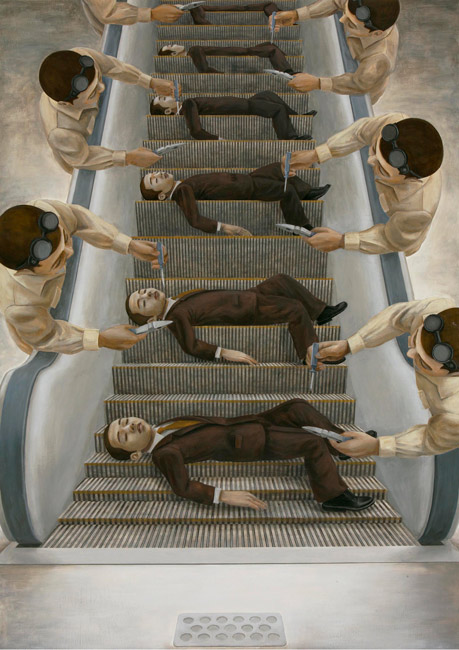
Loneliness is a consequence of the imperative of the new times. The demands of work, the frenetic production process, the generalisation of the same aspirations in life linked to success and money produce a huge identity vacuum. Although in previous historical periods many social advances came from the hand of collective claims and the generation of a sense of community, today the individual is focused on himself and his own achievements, which leads him to a deep sense of detachment. Because, let's not forget, the human being is social by nature and creates links with others. The creators of social networks knew perfectly these mechanisms that compel us to share the snippets of our lives with others but did not know how to anticipate the other side of the coin, which feeds on false appearances to build a fake everyday life, giving place to a personal alienation that becomes their virtual reality.
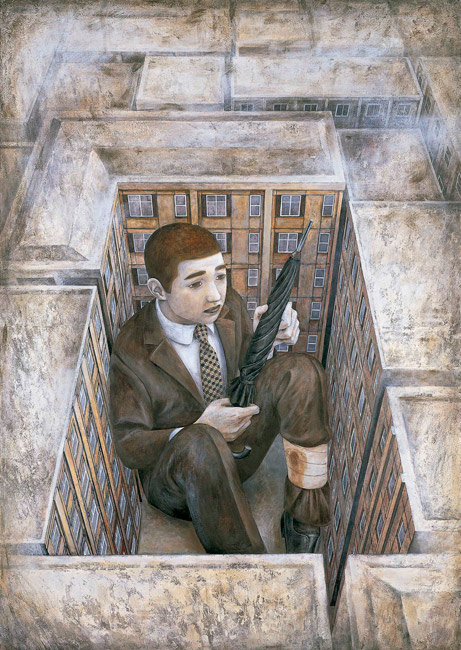
La preocupación por estos temas es motivo de reflexión para muchos creadores. El ser humano protagoniza una suerte de abandono de sí mismo, un extrañamiento de su verdadera esencia que resulta desolador. Pero el tiempo, sin piedad, no nos deja pensar en ello. No obstante, algunos artistas se imponen a esta tendencia y se concentran en reflejar lo que ellos mismos viven y observan. Así es el caso del artista japonés Tetsuya Ishida, cuyo trabajo refleja la situación del individuo contemporáneo, en un estado de ánimo afectado por los vaivenes económicos, las crisis financieras y la imposición de las exigencias del mercado. El resultado es una identidad ausente que conduce al aislamiento y a la falta de entendimiento de nuestro lugar en el mundo.
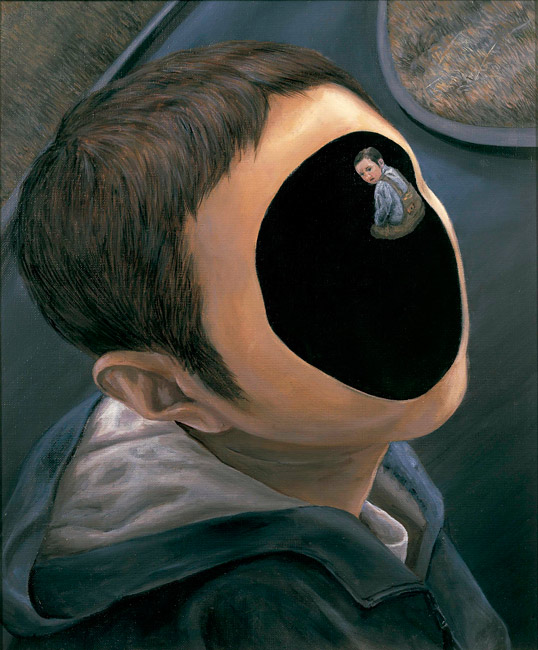
El Museo Reina Sofía dedica la exposición titulada “Autorretrato de otro” a Tetsuya Ishida, joven creador que tuvo una corta e intensa trayectoria de apenas diez años de producción. Su obra desarrolla una narrativa propia en la que las personas aparecen encerradas en lugares claustrofóbicos, con una alteración de las escalas para subrayar el efecto de encierro y la angustiosa sensación de no hallar una salida. Los colores grises, ocres y verdosos crean la atmósfera de un ambiente industrial y metálico, donde la gente viste de uniforme y se confunde con la maquinaria. Seres miméticos que pueblan nuestra sociedad y esconden tras su mirada vidriosa la soledad del alma.

